Scientific Information/Data
Zinc is required by superoxide dismutase and catalase for quenching free radicals in the lens and the retina. British researchers concluded that a combination of zinc and antioxidants or energy substrates rather than zinc alone should provide a safer and more effective way to preserve the health of the retina throughout the aging process. Supporting the health of the retina helps retain vision in the center of the visual field, the macula.*[1]
Taurine and zinc interact in retinal morphology and function.[2] This most abundant free amino acid in the retina is tissue-protective in models of oxidative damage,[3] essential for normal visual development in infants, and may support eye health throughout life.*[4]
N-Acetyl Cysteine (NAC), critical for maintaining the reduced state of sulfhydryl-containing proteins in the lens, may have a beneficial effect on maintaining a healthy retina later in life. A healthy retina is important for sustaining healthy vision. NAC is a free radical scavenger that boosts glutathione. NAC may have a role in the function and maintenance of the redox systems in the aging eye and in the maintenance of the lens’s clarity.*[5]
Bilberry Extract has been studied mostly in the context of multiingredient formulations in which it demonstrated positive effects on visual acuity and field by supporting the retina.[6] In a study in mice, oral administration of bilberry extract standardized to 42.04% anthocyanins at doses of 50, 100, and 200 mg/kg/day for five days had a positive effect on markers of antioxidant activity.*[7]
Alpha-Lipoic Acid (ALA) is a fat- and water-soluble nutrient with antioxidant activity. Furthermore, ALA has the ability to regenerate other antioxidants, such as vitamins C and E, as well as glutathione and coenzyme Q10 (CoQ10). Continual exposure of the lens and retina to light, oxygen, and environmental chemicals causes free radical production, oxidation, and lipid peroxidation, all of which have the potential to negatively impact vision. Free radicals appear to cause proteins in the eye to clump; they also destroy the enzymes needed to dispose of the damaged proteins. Oxidation in the retina leads to damage of the photoreceptor cells.[8] ALA exerts protective effects through inhibition of the lens’s epithelial cell apoptosis and activation of anti-oxidative enzymes.[9] ALA also supports healthy blood sugar levels, an important prerequisite to optimal eye health.*[10]
Quercetin inhibits oxidative damage in the lens and inhibits aldose reductase, the enzyme considered key to maintaining the clarity of the lens.*[11]
Lutein is present in higher concentrations in the eye than in other human tissues. It appears to counteract light and oxygen damage, maintaining ocular cell and tissue health during the aging process. This carotenoid protects the eye from blue light damage and quenches oxygen free radicals.*[1]
Lycopene is a carotenoid compound. Although studies of the dietary supplement (as opposed to foods that contain lycopene) appear to support a claim for antioxidant activity, the formulas used in the studies usually contain mixed ingredients. There is inadequate evidence for or against the use of lycopene for eye health. In 2003, researchers who performed in vivo and in vitro studies on rats using injectable lycopene as a single ingredient concluded that it attenuated oxidative stress and had a significant benefit in healthy vision.*[13]
*These statements have not been evaluated by the Food and Drug Administration. This product is not intended to diagnose, treat, cure, or prevent any disease.
References
1. Wood JP, Osborne NN. Zinc and energy requirements in induction of oxidative stress to retinal pigmented epithelial cells. Neurochem Res. 2003 Oct; 28(10):1525-33. [PMID: 14570397]
2. Gottschall-Pass KT, et al. Oscillatory potentials and light microscopic changes demonstrate an interaction between zinc and taurine in the developing rat retina. J Nutr. 1997 Jun;127(6):1206-13. [PMID: 9187637]
3. Schuller-Levis GB, Park E. Taurine: new implications for an old amino acid. FEMS Microbiol Lett. 2003 Sep 26;226(2):195-202. [PMID: 14553911]
4. Neuringer M, Sturman J. Visual acuity loss in rhesus monkey infants fed a taurine-free human infant formula. J Neurosci Res. 1987;18(4):597-601. [PMID: 3437473]
5. Babizhayev MA. New concept in nutrition for the maintenance of the aging eye redox regulation and therapeutic treatment of cataract disease; synergism of natural antioxidant imidazole-containing amino acid-based compounds, chaperone, and glutathione boosting agents: a systemic perspective on aging and longevity emerged from studies in humans. Am J Ther. 2010 JulAug;17(4):373-89. [PMID: 20463577]
6. Egorov EA, Gvetadze AA, Vinogradova EP. Efficacy of vision correcting system “focus” for prevention and treatment of dry form of age macular degeneration [in Russian]. Vestn Oftalmol. 2012 Jan-Feb;128(1):44-6. [PMID: 22741296]
7. Yao N, Lan F, He RR, et al. Protective effects of bilberry (Vaccinium myrtillus L.) extract against endotoxin-induced uveitis in mice. J Agric Food Chem. 2010 Apr 28;58(8):4731-6. [PMID: 20222750]
8. Winkler BS, Boulton ME, Gottsch JD, et al. Oxidative damage and age-related macular degeneration. Mol Vis. 1999 Nov 3;5:32. [PMID: 10562656]
9. Li Y, Liu YZ, Shi JM, et al. Alpha lipoic acid protects lens from H(2)O(2)-induced cataract by inhibiting apoptosis of lens epithelial cells and inducing activation of anti-oxidative enzymes. Asian Pac J Trop Med. 2013 Jul;6(7):548-51. [PMID:23768827]
10. Singh VP, Bali A, Singh N, et al. Advanced glycation end products and diabetic complications. Korean J Physiol Pharmacol. 2014 Feb;18(1):1-14. Epub 2014 Feb 13. [PMID: 24634591]
11. Cornish KM, Williamson G, Sanderson J. Quercetin metabolism in the lens: role in inhibition of hydrogen peroxide induced cataract. Free Radic Biol Med. 2002 Jul 1;33(1):63-70. [PMID: 12086683]
12. Koushan K, Rusovici R, Li W, et al. The role of lutein in eye-related disease. Nutrients. 2013 May 22;5(5):1823-39. Review. [PMID: 23698168]
13. Gupta SK, Trivedi D, Srivastava S, et al. Lycopene attenuates oxidative stress induced experimental cataract development: an in vitro and in vivo study. Nutrition. 2003 Sep;19(9):794-9. [PMID: 12921892]


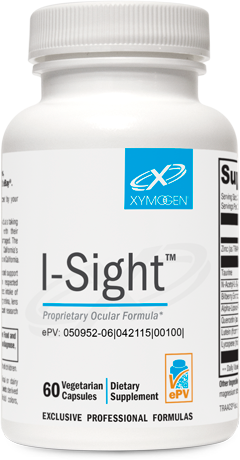
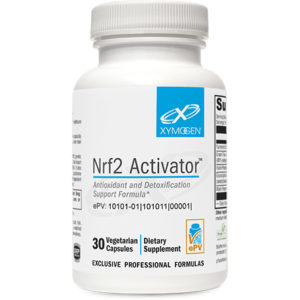
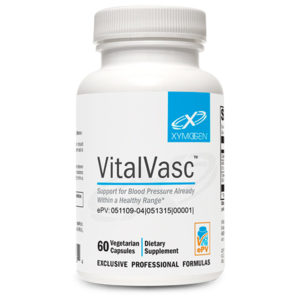
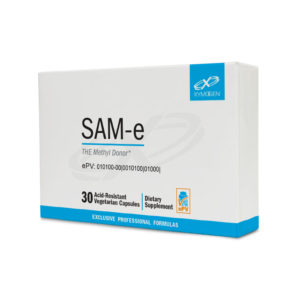
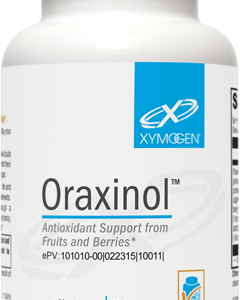
Reviews
There are no reviews yet.